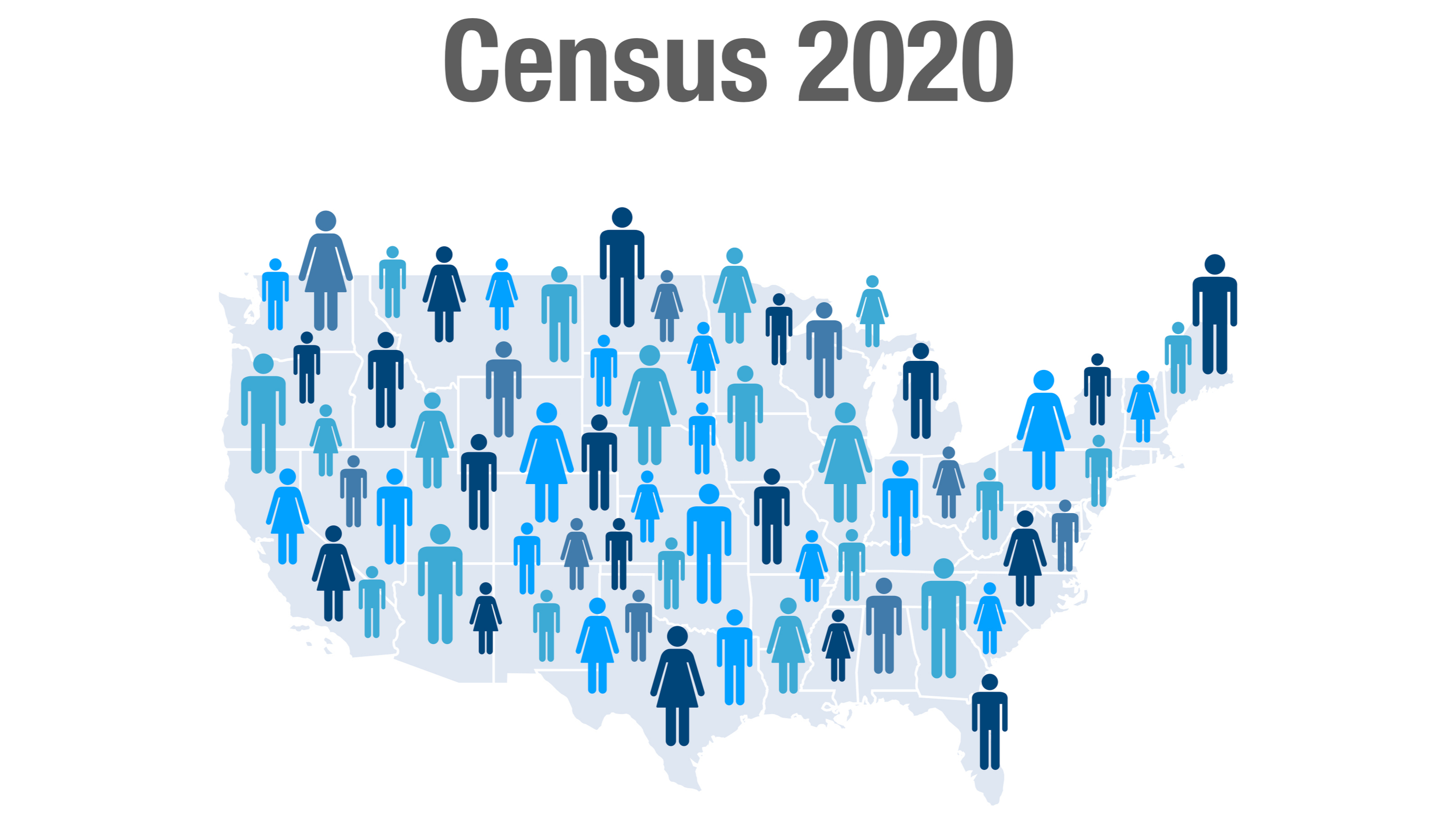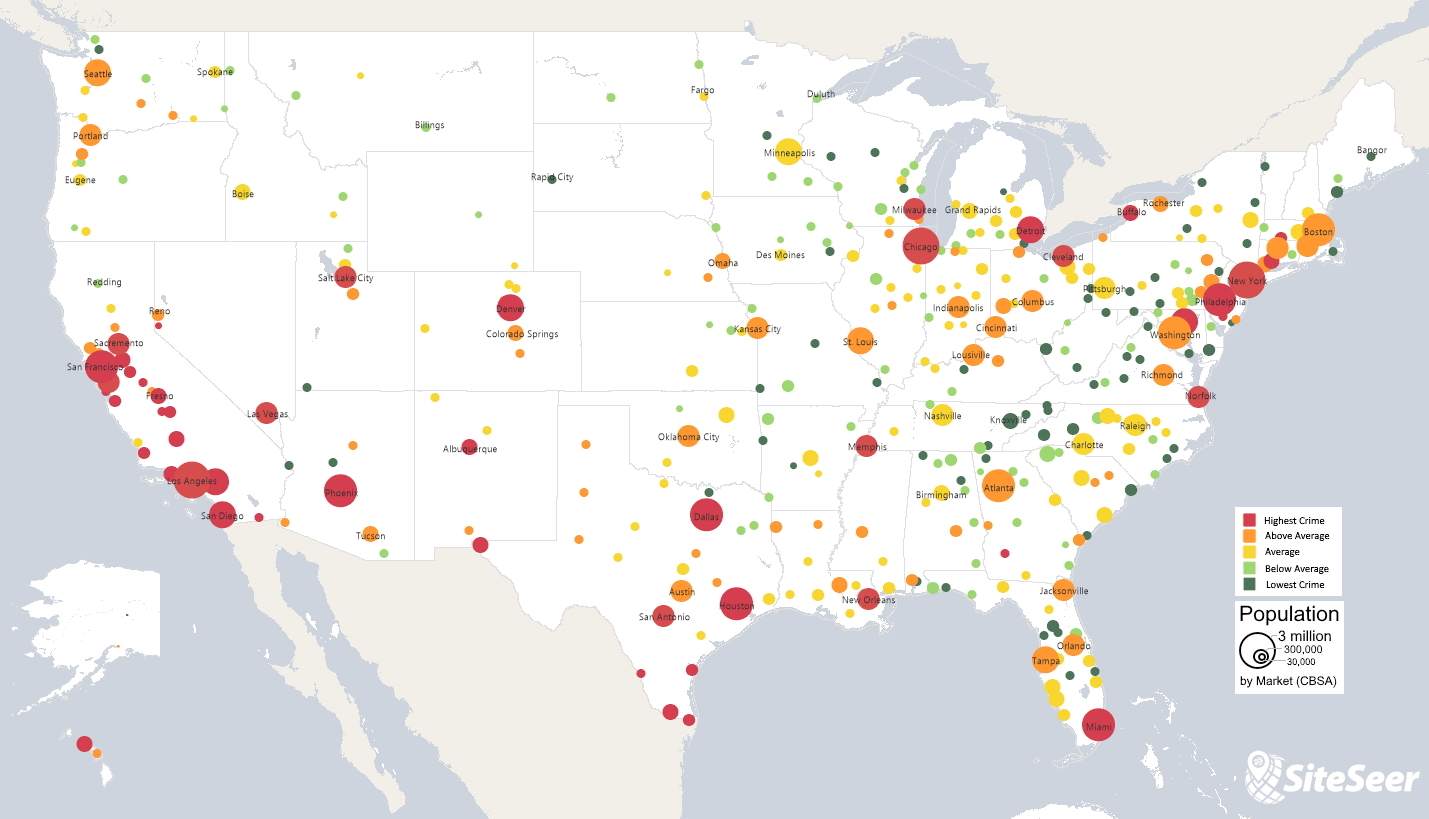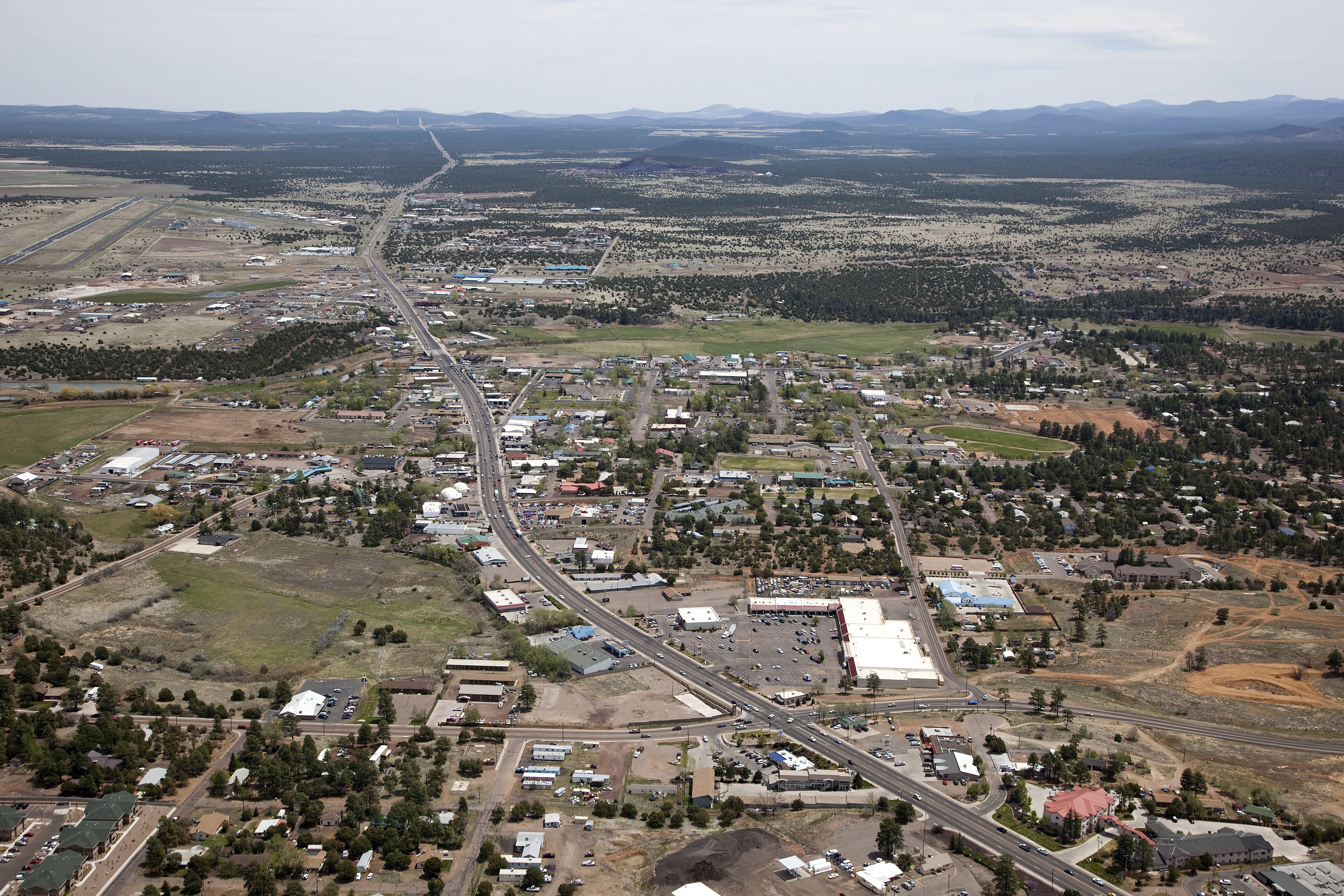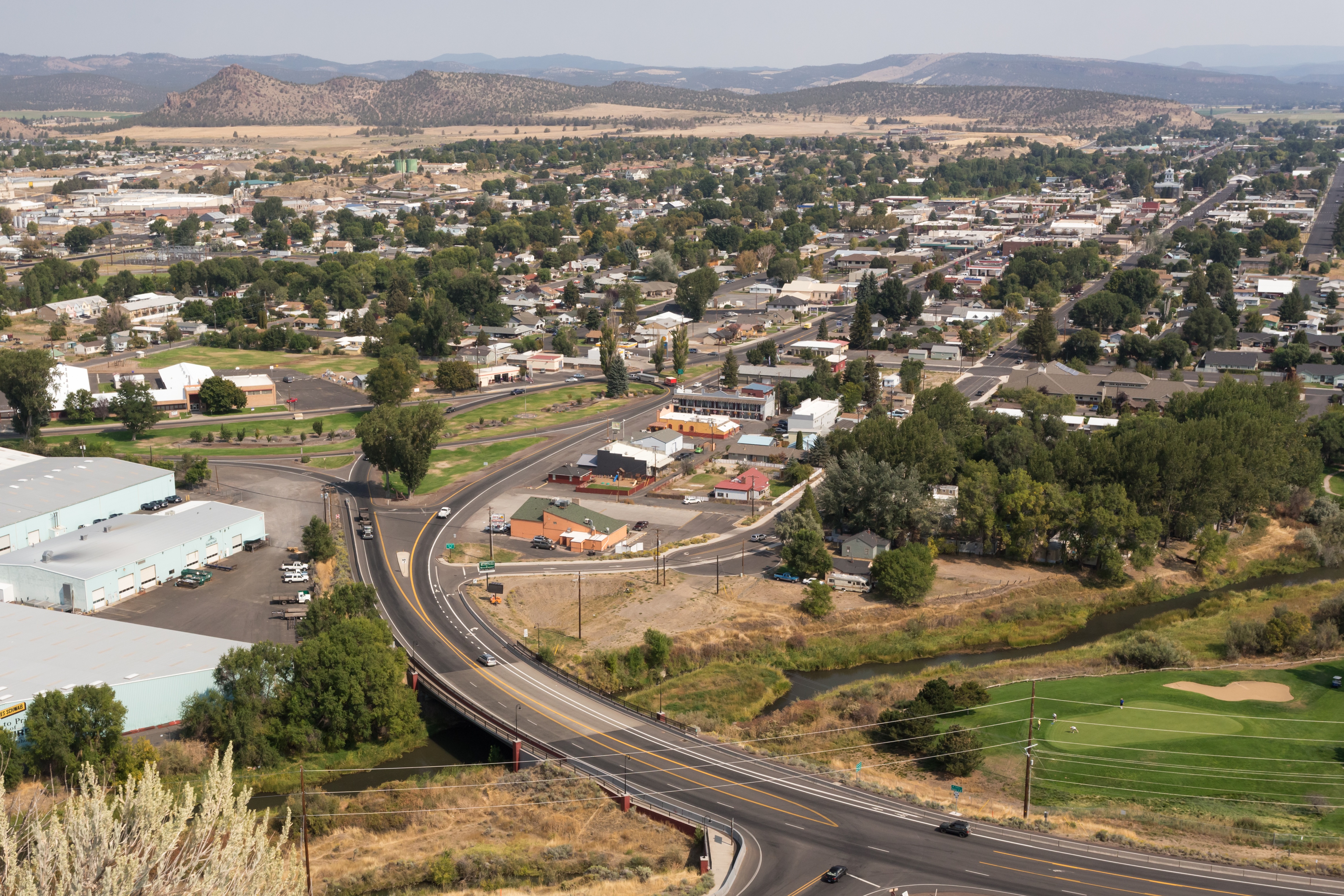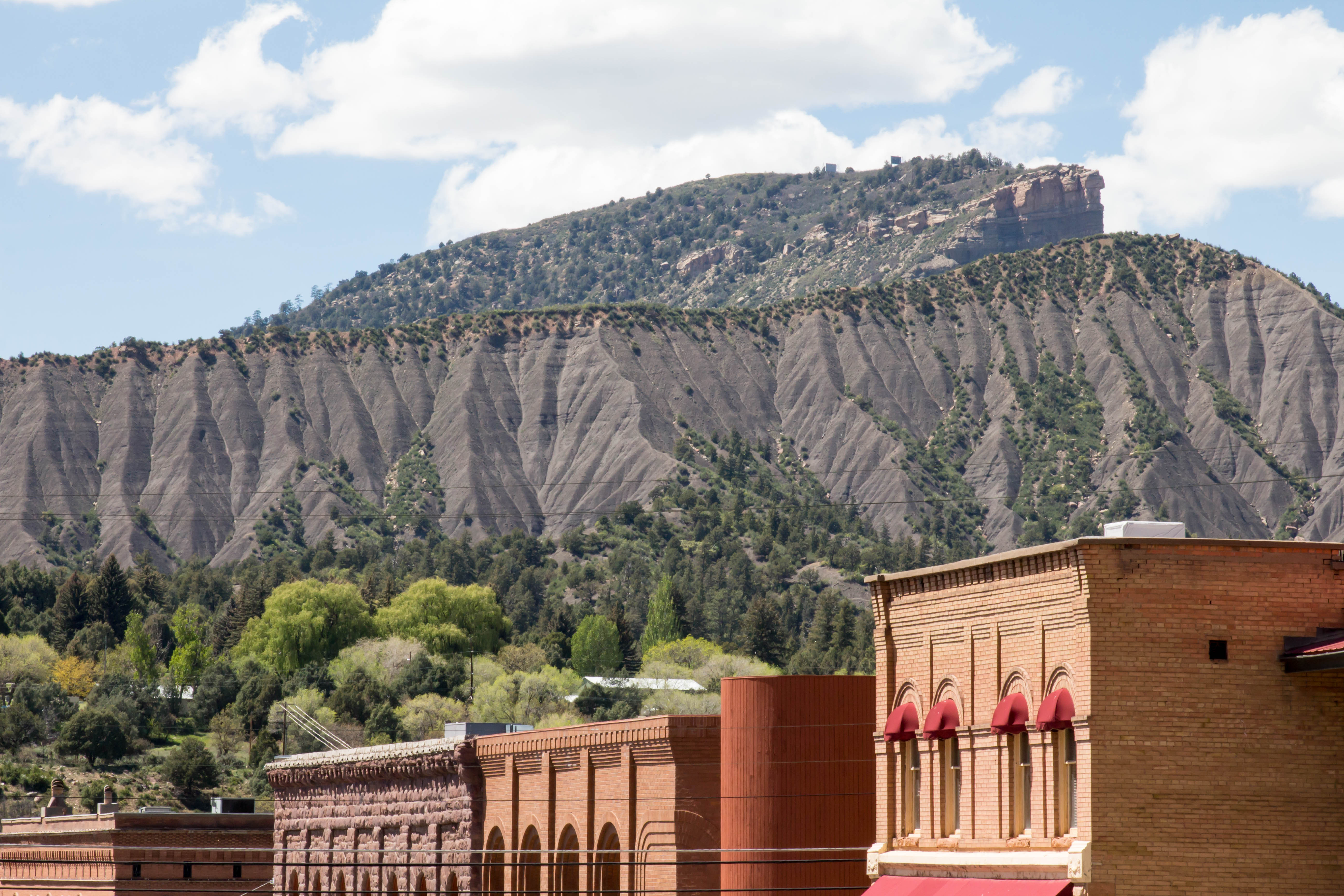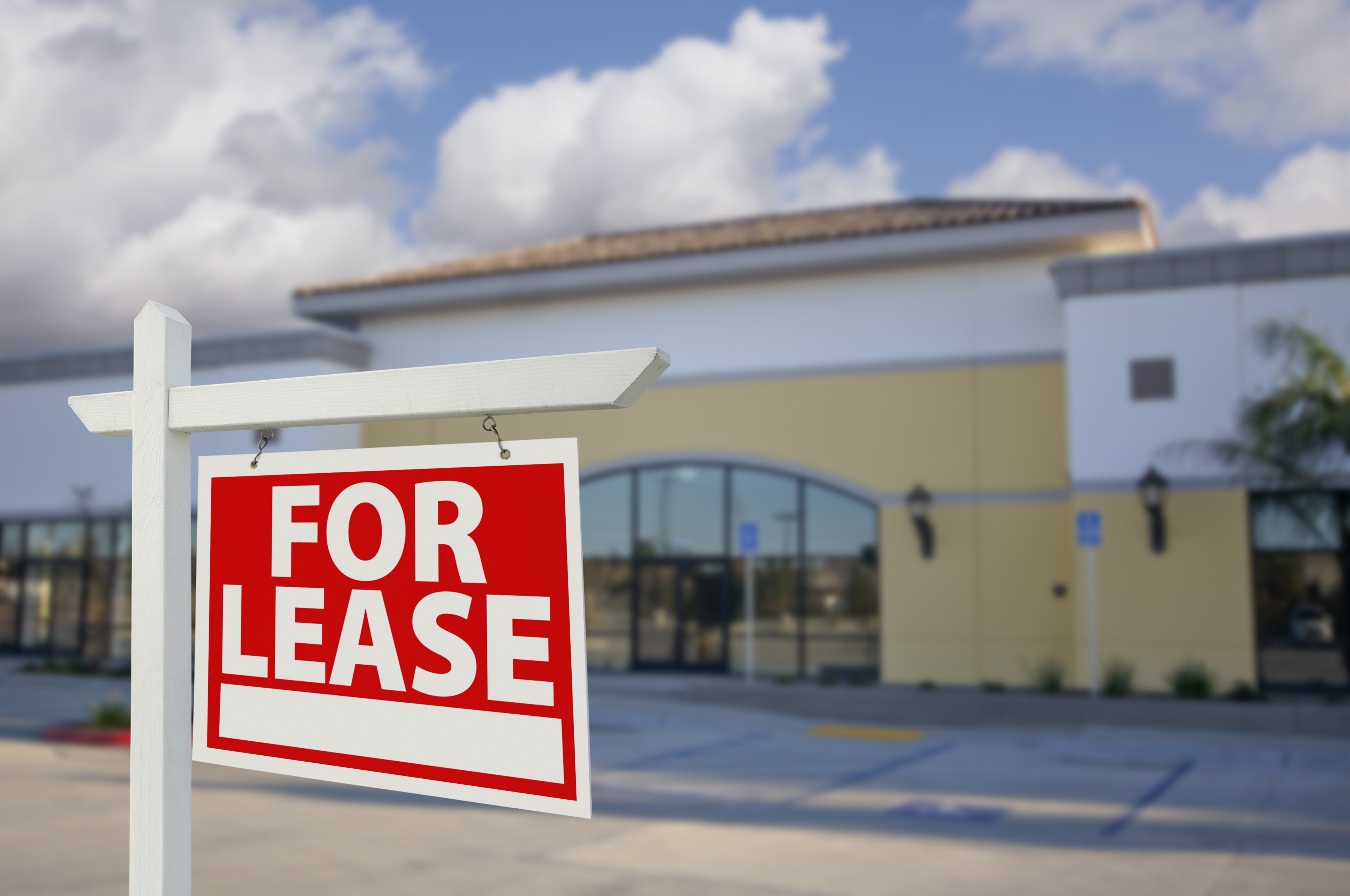You might have heard recently that after many months of delays due to the coronavirus pandemic, the U.S. Census Bureau completed its counts and released its initial batch of data (state data) on April 26, 2021. Many SiteSeer users and clients have been asking about this data, so here’s a look at some of the highlights that might interest you:
Topics: Retail Data Analysis, Data Study, Population Study, Demographic Data
We all know that 2020 has brought about many changes in the way people live—and where they live. With the ability to work from anywhere, many people have begun to rethink their priorities when it comes to deciding on the place they choose to call home…and why.
Topics: Retail Data Analysis, Data Study, Population Study, Demographic Data
The 15 Fastest-Growing Large “Micropolitan” Areas in the U.S. ('19)
Population growth is often a factor that service businesses and retailers look for when choosing locations. And while many are drawn to the large cities, smaller cities can offer just as much potential. That’s why in late 2017, we shared the top 16 fast-growing large micropolitan areas in the United States. And over two years later, it’s time for an update.
Topics: Data Study, Retail Recruitment, Population Study, Demographic Data, Communities Industry
How to Get to Know Your Customer Before Choosing a Location
Site selection done right requires many things, but at the top of the list is knowing your customers.
Topics: Demographic Data, Retail Site Selection, Data Quality, Restaurant Site Selection
If you’ve been reading this blog for any amount of time, you probably know this about the team here at SiteSeer:
Topics: Data Study, Population Study, Demographic Data
Back in November, we assessed the top 16 fastest-growing large micropolitan areas in the United States. In case you need a refresher, a micropolitan area is defined by the Office of Management and Budget as a labor market area in the U.S. centered on a city with a population of at least 10,000 but fewer than 50,000 people. This is opposed to a metropolitan area, which has at least one city with a population of 50,000 or higher.
Topics: Data Study, Retail Recruitment, Population Study, Demographic Data, Communities Industry
Every growing retailer wants to find the perfect location to expand their business. Large cities tend to capture the attention of many businesses, but don’t overlook “micropolitan” areas: markets with a core city of 10,000 to 50,000 population. These areas often have untapped potential and some distinct advantages over expanding into a larger market.
Topics: Data Study, Retail Recruitment, Population Study, Demographic Data, Communities Industry
Using the Best Data (and Why it Should Matter to You)
If you’re in the business of retail development—whether you work in a retailer or other chain’s in-house real estate or research team or are a broker or developer trying to fill your shopping centers with solid, long-term tenants—it’s not enough to collect data. You want the best possible data that gives you accurate information upon which to make decisions.
Topics: Retail Data Analysis, Demographic Data, Data Partner, Retail Industry, Data Quality
4 Tips to Backfill Your Shopping Center When an Anchor Tenant Closes
As a developer, property owner, or commercial real estate broker, your goal is to have the lowest vacancy rates in your shopping centers as possible. Sometimes that’s easy, other times not so much. But in the ever-changing retail market, what about when a shopping center loses an anchor tenant that was the main attraction for the entire shopping center? What is the best way to attract a replacement tenant that will prevent smaller retailers in the center from experiencing a significant decline in business or choose to leave?
Topics: Retail Trade Area, Recruiting Shopping Center Tenants, Void Analysis, Demographic Data, Landlord Rep Brokers & Owners Industry, Tenant Rep Brokers & Developers Industry

